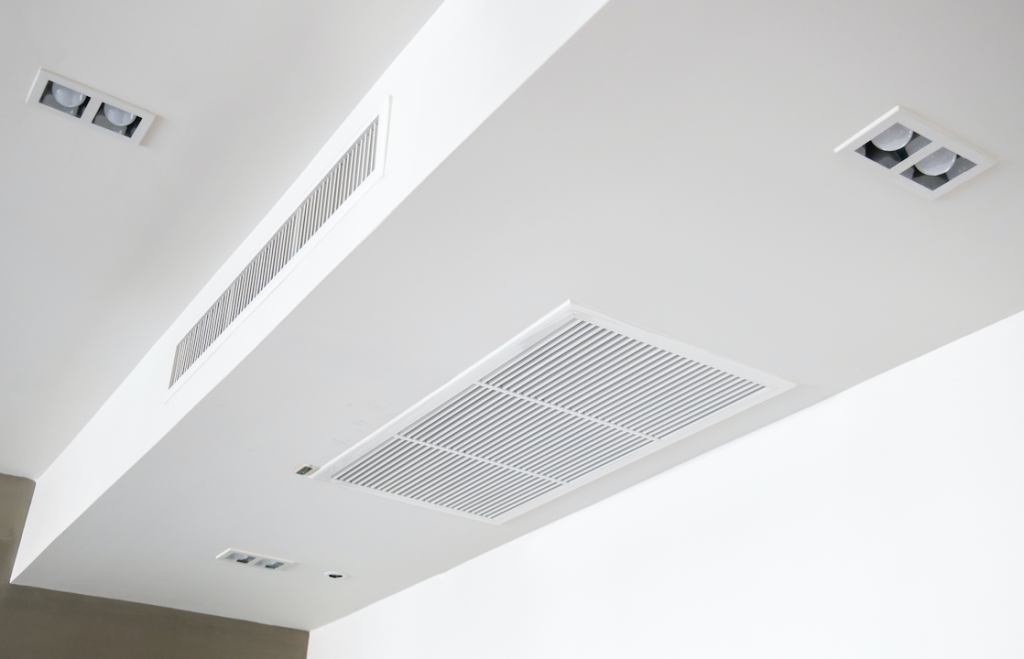
What Is Ducted Air Conditioning?
Using ducted air conditioning is a great way to cool your home without sacrificing the comfort of individual rooms. The ductwork throughout your house distributes the air through small vents so that each room gets the same amount of cool air. A thermostat is used to regulate the temperature and airflow in each room, and shuts or opens dampers within the ductwork. Some systems are also able to zone rooms so that only certain rooms are cool.
The benefits of a ducted system
Another benefit to ducted air conditioning is the seamless appearance it gives to your home. The main unit is placed outside, so it’s not visible from the outside, and it doesn’t stick out in the windows. Coolman Airconditioning, a local air conditioning company, can assist you with the installation process. The best way to find a company to install ducted air conditioning in your home is to compare prices. A ducted air conditioner will give you more comfort and save money on energy costs than a split system.
Installation costs
While duct air conditioning does not require a professional to install it, the cost of installation can add up. Besides the installer’s wages, the cost can also include rubbish removal fees. You might need to pay to dispose of your old air conditioning unit and ductwork, which may cause the system’s installation to be more costly than you anticipated. A good ducted installation company will have negotiated the lowest prices from suppliers and pass the savings on to you.
A ducted air conditioning installation can be expensive, costing anywhere from $8,000 to $12,000, depending on the size of your home and the type of work required. However, there are several factors that make this investment worth it. To avoid a costly installation, choose a quality ducted air conditioner from a reputable company with a proven track record and excellent customer service. There are also many benefits to choosing a ducted system, so choose wisely.
How to go about installing
Once you’ve decided on the type of duct system, you’ll need to decide where you want to install it. You can install the system on a single level or on both levels. In some homes, you can even use droppers to connect levels and floors. Obviously, if you’re going to install ducts on your lower level, you’ll need a larger unit than you need on the upper floors.
A ducted air conditioning installation will cost anywhere from three to four times more than a split system. It may also be more expensive if you have a more sophisticated system. However, the cost of a ducted air conditioning installation depends on several factors, including the number of zones, vertical ducting, and the model of system you choose. Moreover, a ducted system requires more expert attention and may have higher servicing costs.
While ducted air conditioning is generally less expensive to install, maintenance is important. You should change the filter at least twice a year and check that the ducts are catching all the debris and preventing leaks. If you want to avoid paying for costly repairs and replacements, you should consider a split system instead. This system will last for at least five years and can be repaired if necessary. There are some things that you can do to keep your ducted air conditioning system running at its optimal performance.
Mainetenace
In addition to the benefits mentioned above, ducted air conditioning systems require less maintenance than split air conditioners. For example, if you own a multi-headed split system, you can configure it to cool various areas simultaneously, rather than one. For properties that have limited space, this option is worth considering. Besides, ducted air conditioning systems can also be configured to turn off when not needed, which means less wear and tear on the equipment.
Having a ducted air conditioning system can save you money in the long run. It will also provide more control over humidity levels. Because ductless air conditioning does not have moisture removal mechanisms, it won’t offer the same benefits. However, it will also provide better air flow. Ducted air conditioning allows you to regulate the air flow in your home, so that no area is too hot or too cold. You can even cool individual rooms individually, which is ideal for a home with small children.
Flexible Ducts
Flexible ducts are flexible, insulated round ducts that can be easily bent. They are the best choice for confined spaces, where they can connect with rigid ductwork. Flexible ducts may also be difficult to install, though they can connect with rigid ductwork. Be sure to install them without kinks or creases, as they can interfere with air flow. If you don’t want to deal with the hassle of installing ductwork in your home, consider flexible ducts.
Dan Croke the author